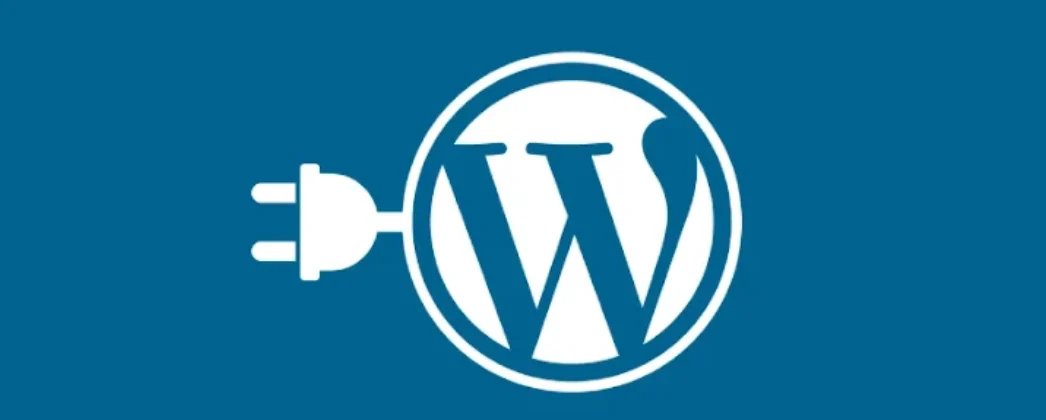Recent threat-intelligence data show that in just 48 hours, over 8.7 million attack attempts targeted websites built on WordPress. The scale and speed of these attacks underline the critical importance of raising your WordPress security level — especially if your organization uses WP for corporate sites, landing pages or content hubs.
Why WordPress Remains a High-Risk Target
- WordPress powers a large share of the web — meaning any weakness affects a broad ecosystem.
- Large numbers of WP installations rely on outdated plugins, themes or mis-configured defaults — creating “low-hanging fruit” for attackers.
- Attack campaigns targeting WordPress frequently focus on microsites, landing pages or non-core business sites — often overlooked in enterprise risk management.
- Automated scanning and exploit tools enable rapid mass-targeting of WP endpoints — as shown by the 8.7m attempts figure.
Key Facts & Statistics
| Metric | Value | Notes |
|---|---|---|
| Attack attempts on WordPress sites in 48 h | ≈ 8.7 million | As reported in Forbes article. |
| Estimated websites hacked daily worldwide | ~30,000 | (Source: Patchstack/industry data) |
| Increase in web app attack volume year-on-year | ~88% | (Industry data for web app attacks) |
These numbers make clear: the volume is enormous and increasing. What matters is not just “if” but “when” your WordPress-based asset will be targeted.
Enterprise Risk Implications
- Brand/Trust Risk: If your public site is compromised, the reputational damage multiplies when landing pages or campaign microsites are exploited.
- Data & Compliance Risk: Many WordPress installs connect to CRMs, e-mail lists, lead-forms — a breach may trigger data-protection events.
- Operational Risk: Attack traffic itself can tax hosting/bandwidth and degrade performance or availability.
- Hidden Asset Risk: Often non-core WP sites (campaigns, subsidiaries) are left unpatched — attackers exploit the “least maintained” vector to reach deeper systems.
Recommended Defensive Actions
Here’s a practical checklist for senior IT/security leaders to act now:
- Inventory & Risk-score all WordPress instances: Include core sites, landing pages, campaign microsites, dev/staging versions.
- Apply core + plugin + theme updates (patch management): Ensure auto-updates or strict review process for WP plus any extensions.
- Harden authentication & access: Enforce strong passwords, multi-factor authentication (MFA), minimise admin-user count.
- Enable Web Application Firewall (WAF) + behaviour-based detection: Filter bulk attack traffic directed at WP endpoints.
- Remove or disable non-essential plugins/themes: Less installed code = smaller attack surface.
- Monitor attack volume, failed logins, 404/403 spikes: Use dashboards to detect unusual behaviour indicating mass scans or brute-force.
- Consider segmentation: If WP is used for campaign/marketing only, isolate it from core backend systems (network, database, internal data).
- Incident-readiness: Because attacks are so high-volume, assume compromise, and prepare playbook for rapid containment.
Tracking Table for WordPress Assets
| Site / Domain | Role | Last Update Applied | Number of Plugins | Segmented (Y/N) | Notes |
|---|---|---|---|---|---|
| company.com | Public main site | 2025-10-24 | 22 | Y | Mission-critical |
| campaign1.company.com | Microsite | 2025-10-15 | 12 | N | High visitor volume |
| dev.company.com | Dev/Stage | 2025-09-30 | 18 | Y | Remove after test |
| landing.company.com | Lead-gen landing | 2025-10-10 | 8 | N | Connected to CRM |
Use this type of table in your IT/security dashboard to prioritise patch cycles and review segmentation.
Why the Volume (8.7m) Should Raise Board-Level Attention
While many cybersecurity issues remain technical, this level of volume enters the territory of enterprise-risk oversight. It shows that attackers do not need to target you individually — thousands are attacked simultaneously in shared ecosystems. If you use WordPress even in a non-core capacity (marketing, landing pages, campaign microsites) it demands executive risk visibility, budget, and cross-team coordination (Marketing, IT, Security, Risk & Compliance).
Conclusion
The headline number — 8.7 million attack attempts in 48 hours — is more than just a statistic. It highlights that WordPress sites are under continuous, large-scale assault. For enterprises, the implication is clear: you cannot treat WordPress instances as merely marketing assets or “low-priority”. They must be managed, hardened, monitored and integrated into your overall cyber-resilience strategy.
